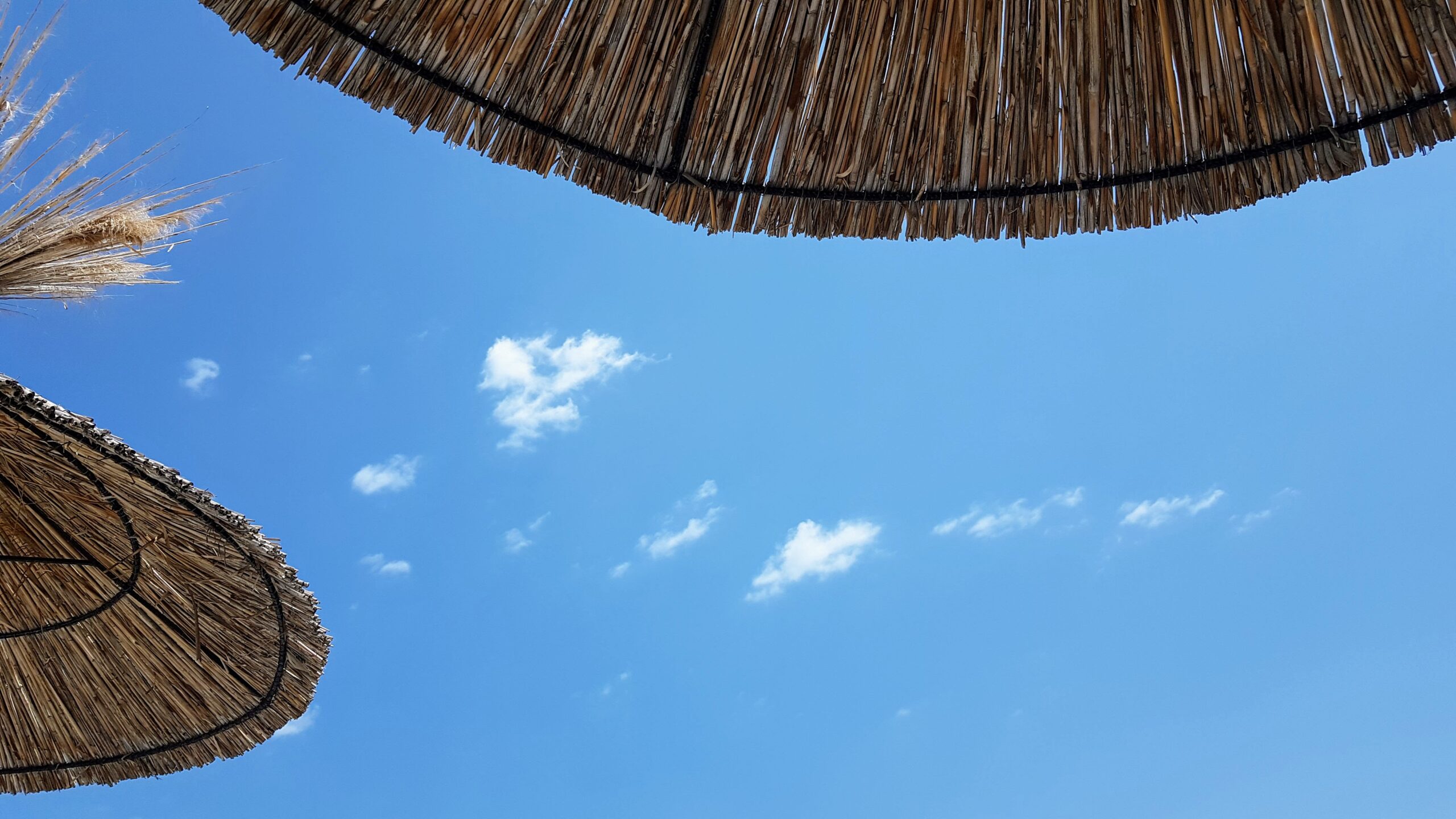I have roamed from the safe lands of Ubuntu and Debian based Linux and arrived at the shores of Manjaro, an Arch Linux based distribution. I could have gone the whole way and spun up Arch, but my command line skills rely heavily on finding the answers online so Manjaro with its GUI interface seemed a much better fit. I am really enjoying the speed and usability of the XFCE desktop environment on my old hardware, so giving Manjaro which is a rolling release seemed to make sense. A bit like choosing KDE Neon over Kubuntu if you really enjoy the KDE and plasma experience, or that is how it makes sense to me.
 |
| Hello Manjaro XFCE 20.2.1 |
Honestly, really nothing to report.
That’s really the best you can say about any of the modern and popular Linux desktops. You create a Live USB, place into your machine, follow the GUI as it leads you through installation, then you boot into your new distribution. Mess with the partitioning if you want, I prefer a separate /home partition. It did recommend changing the partition table to GPT but I did not want to have to reformat my drive and reinstall my /home from backup as that’s several hours gone. That said, maybe I will look at it in the future as I have almost two decades of cruft and .config files in there that must affect every install.
 |
| Balena etcher in action |
When it comes to actually making the Live USB I have had nothing but good results with Balena etcher. Really nice interface that makes the whole process clear and worry free.
 |
| Slightly tweaked, Plank dock added, and panel moved to top |
I have to say though, XFCE looks fantastic under Manjaro. It just feels like a bit more effort has gone into the look. I am using XFCE to wrangle the best possible performance out of my hardware, but at least it all looks modern and fresh straight out of the gates without the need to go looking for themes. Of course, I made changes to the default, I prefer the panel at the top of the screen and use the Plank dock for quick switching between applications and my favourites. That’s really the end of the tweaks though.
I did the usual internet searches to find all the ‘things to do guides’, and based off those here are the main steps I took following installation;
Check for updates. It seems obvious, but definitely step one. Manjaro was already notifying me on pending updates when logged in the first time. So I let that run and then rebooted.
After checking for updates I went into preferences for Pacman and turning on the AUR, Snap, and Flatpak sources then started installing my favourite software. Not a single PPA was needed! That amazed me. All my favourites could be found in Pacman. If you do need to give the terminal a test drive then I found the pacman/Rosetta page on ArchWiki brilliant. Coming from Debian it is a quick reference guide to what your favourite commands translate to.
I had a notification regarding language packs, following the notification took me to a page where I could install all the recommended packages for the various applications that have been installed and as per my language/region preferences. Very straight forward.
From reading online advice I went ahead and changed to the LTS kernel instead of the newest available kernel, and set it so that I will only get notified of new LTS kernels. I am trying for as much stability as possible with a rolling release. Since I have a dual-boot setup it was easy to just select the newly installed kernel and then once logged in removed the other kernel, so I was just left with the LTS. Now just wait until the next LTS lands and update. If not a dual boot setup then grub needs to be told to appear at boot so that the kernel can be choosen. There are guides to help with that online, as it can seriously mess up your system I would recommend care is taken.











Leave a Reply